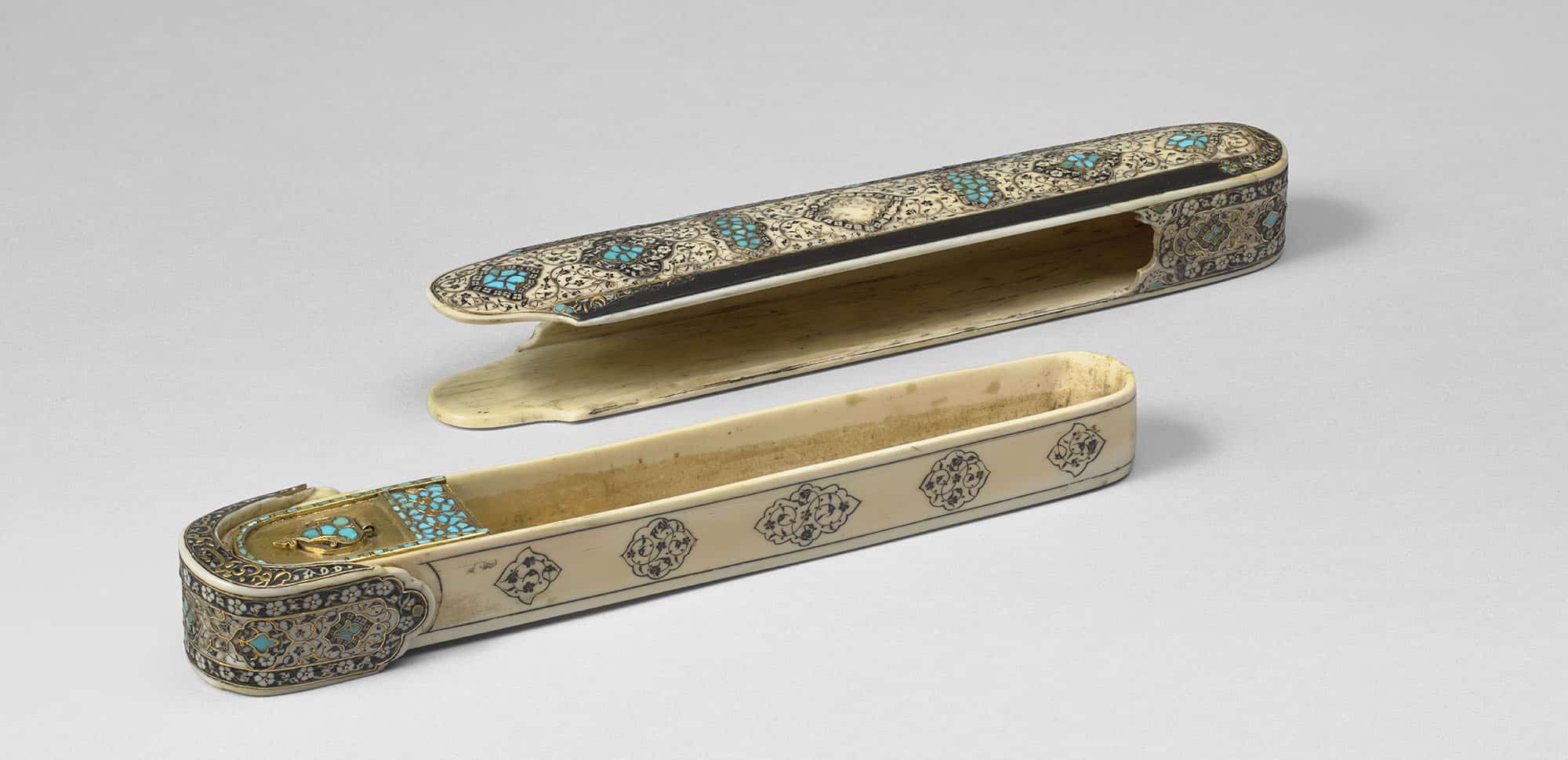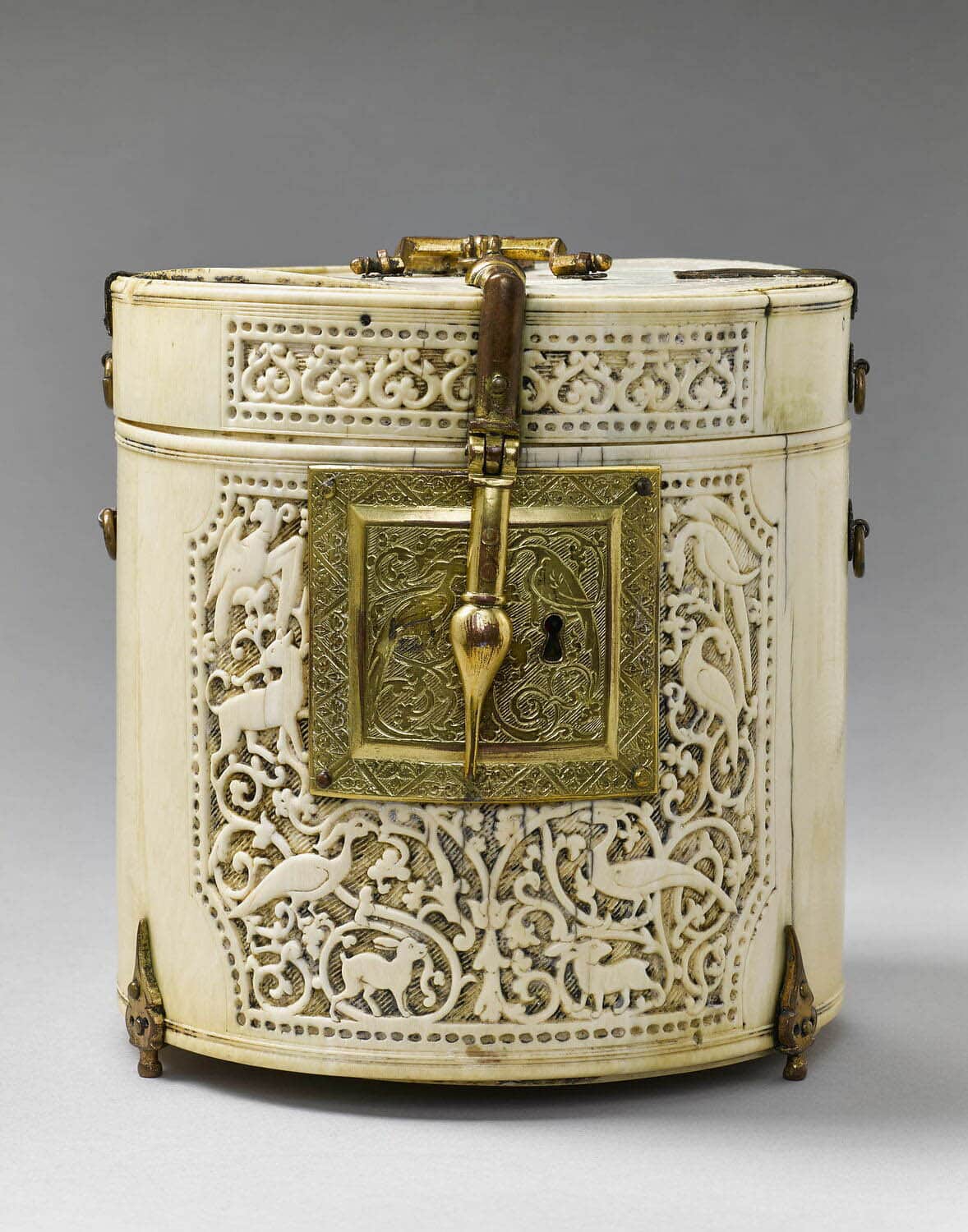From October 21, 2021 to February 20, 2022, the Musée des Arts Décoratifs de la ville de Paris will host the exhibition «Cartier and the Arts of Islam».
This event, organized by the Musée des Arts Décoratifs de Paris and the Dallas Museum of Art, is produced in collaboration with the Musée du Louvre and with the support of the Fondation Cartier. The exhibition traces Cartier’s relationship with Islamic art from the early 20th century to the present day. It also describes the context and atmosphere of the French capital at the time of the two key figures of the house: the founder, Louis-François Cartier, and his grandson, Louis Cartier.
Born in 1819, Louis-François Cartier founded the house of Cartier in 1847 at the age of 28. The company specialized in jewelry and objets d’art. His workshop-boutique was a huge success during the Second Empire of Napoleon III, when Princess Mathilde and Empress Eugenie noticed his work and propelled him onto the international stage.
His grandson, Louis Cartier, followed in the footsteps of his father, Alfred Cartier, and joined the Cartier family business in 1898. With his arrival, the international development of the house accelerated even more. He assisted his father in the Paris boutique, while his brothers, Pierre and Jacques, opened boutiques in London and New York.

From the beginning of the 20th century, Louis Cartier, then in search of new ideas and inspirations, closely observed the growing interest of the capital for them. The Islamic arts strongly inspired the creative universe of the House of Cartier, and forged its unique and modern aesthetic.
As early as 1904, when Cartier jewels were enjoying tremendous success, the house began to add geometric compositions inspired by Islamic arts, which the Cartier family had discovered in books on architecture and ornamentation.
Jacques, Alfred Cartier’s youngest son, traveled to India in 1911, attracted by the flourishing diamond and pearl trade. There he met the country’s princes, which allowed him to develop a loyal clientele among the maharajas.

Au cours de ce voyage, Jacques Cartier s’inspire des nombreux bijoux anciens et contemporains du pays pour les recomposer dans les futures créations de la maison.
La joaillerie indienne, par sa flexibilité, permet à la maison Cartier de développer de nouvelles techniques dans la fabrication de bijoux, et notamment concernant la monture et l’assemblage. Cartier commence ainsi à introduire des fragments d’objets islamiques, nommés “apprêts” à ses créations et utilise même des textiles orientaux pour la maroquinerie et les accessoires.
Sous la direction de Louis Cartier, les créations de la maison se placent sous le signe du monde iranien, et de l’art du livre et de l’édition. Il innove en glissant des fleurons, palmettes, sequins et différents motifs qui rehaussent ses pièces. Il mélange les couleurs et matières sans retenue, et l’une de ses plus célèbres créations, le “décor de paon”, est le fruit de l’association du lapis lazuli et de la turquoise, et du mariage de l’émeraude et du saphir à la pierre de jade.
Dès les années 1930, alors que la maison était dirigée par Jeanne Toussaint, amante de Louis Cartier et fidèle amie de Coco Chanel à qui l’on doit le bijou “Panthère”, les créations de la maison quittent un moment ses inspirations puisées du monde iranien pour se pencher plus en profondeur sur les formes et les couleurs venues d’Inde. Durant la seconde moitié du XXème siècle, la maison poursuit sur cette lancée en introduisant des bijoux volumineux, des sautoirs et des Tutti Frutti.
200 pieces presented at the MAD
The exhibition “Cartier and the Arts of Islam” presents, through a thematic and chronological journey, more than 200 pieces (jewelry, art objects, drawings, photographs, archives) of the house Cartier. Divided into two parts, the first part of the exhibition immerses visitors in the origins of this interest in Islamic art and architecture in the Parisian context of the time. The second part focuses on the forms derived from the arts of Islam, from the time of Louis Cartier to the present day.
«Cartier turned to the Museum of Decorative Arts because of its specificities: it has the largest collection of jewelry in France – visible in part in the Gallery of Jewelry -, and the historical collections of the arts of Islam, in the Louvre Museum, in the department of arts of Islam since 2007, «explain the chief curator of the department of ancient jewelry of the Museum of Decorative Arts, Évelyne Possémé and Judith Henon-Raynaud, curator of the heritage of the Louvre Museum, interviewed by Arab News.
This article is taken from the Fall-Winter issue of Luxus+ Mag.
More news and features on the luxury lifestyle in Luxus+ Mag paper version or online !
Read also > TRIBUTE TO JOSEPHINE BAKER, WITH THE EXHIBITION “BAKER OVER THE WATER”
Featured photo : Pyxis, Sicily, 15th century © MAD















